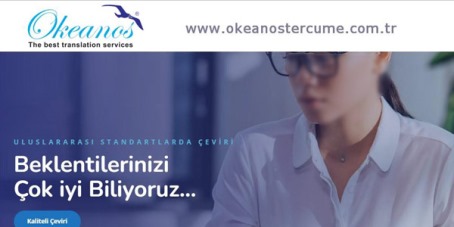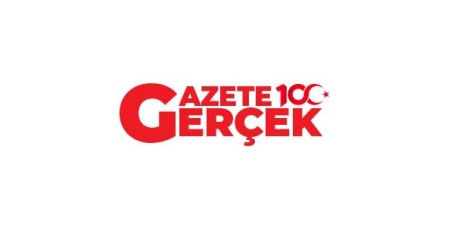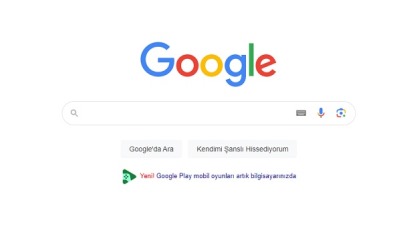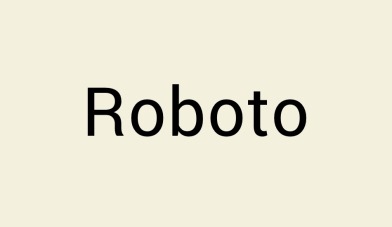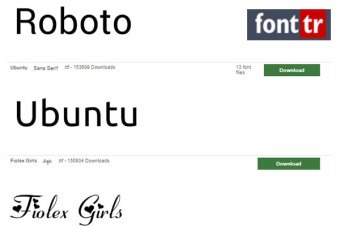Tired of email overload in Outlook? Discover how organized conversations can boost team clarity, reduce inbox chaos, and improve productivity—without relying on traditional email threads.
Despite being a long-standing staple in business communication, Microsoft Outlook is increasingly showing its limitations in today's dynamic work environment. The conventional inbox model—dominated by overflowing emails, scattered threads, and limited context—makes it difficult for teams to collaborate efficiently. A McKinsey study found that employees spend nearly 28% of their workweek managing emails, leading to significant time loss and communication fatigue.
As modern teams seek more clarity, speed, and structure in their conversations, relying solely on traditional email platforms likeMicrosoft Outlook can hinder productivity rather than enhance it.
The problem isn't just volume—it's the lack of context. In Microsoft Outlook, relevant information often gets buried in fragmented threads, forwarded messages, or disconnected chains of replies. Employees frequently find themselves toggling between email, chat apps, shared documents, and meeting tools just to stay updated.
According to a report by Asana, workers switch between 10 different apps up to 25 times per day, which leads to communication silos and missed information.
To overcome these challenges, businesses are now shifting toward platforms that offer organized, contextual conversations—bringing together emails, chats, documents, and events into a unified view.
These modern tools help teams manage communication in a more structured, topic-based format, reducing noise and increasing clarity. This blog explores how moving beyond Microsoft Outlook to adopt smarter, conversation-centric communication tools can improve collaboration, reduce app overload, and ultimately transform the way your team works. It's time to rethink the inbox and step into a more connected, intelligent way of collaborating.
10 ways to move beyond Microsoft Outlook
1. Use Clariti for contextual, hybrid conversations that unify emails, chats, files, and calendar events
Clariti allows teams to go beyond the fragmented communication model of Microsoft Outlook by integrating multiple channels—email, chat, documents, video, voice calls and calendar events—into contextual hybrid conversations. Unlike traditional email tools where context is often lost in long threads and scattered messages, Clariti continuously organizes communications based on the topic or project.
For example, if a marketing team is coordinating a product launch, Clariti enables them to pull in all relevant emails, share files, chat about decisions, and schedule meetings—all within one conversation thread. You no longer need to search separately in your inbox, chat app, or cloud storage to recall what was discussed or shared.
Clariti's AI engine enriches each conversation by linking past communications, making it much easier to track the 'who, what, when, and why' without losing focus or switching apps.
2. Adopt team collaboration platforms that offer topic-based communication
One of the biggest inefficiencies in Outlook is the lack of structure around how conversations are grouped. Collaboration platforms like Microsoft Teams, Slack, or Twist offer channels or topics where teams can organize discussions based on projects, departments, or initiatives. This eliminates the back-and-forth of fragmented email replies.
For example, a design team can create a channel named 'Website Redesign Q3' and host all related conversations, feedback, and files there. This ensures that team members who join later can catch up quickly by reviewing the channel history instead of digging through hundreds of unrelated email threads. The clarity of topic-based communication leads to better accountability and faster decision-making.
3. Integrate your communication tools using automation platforms like Zapier
Zapier enables you to connect Outlook or any other tools with over 5000 apps, automating routine workflows and reducing manual overhead. For example, you can set up a Zap to automatically save email attachments received in Microsoft Outlook to a designated Google Drive folder, and then notify your team in Slack when the file is available. Similarly, you could link incoming support emails to a Trello board for ticket tracking.
This kind of automation ensures that critical communication and action items do not get buried in an inbox. Tools like Clariti also integrate with Zapier, allowing users to bring relevant external data into their hybrid conversations, which adds depth and continuity to team discussions without switching tools constantly.
4. Replace long email threads with real-time messaging and voice calling
Email threads can become unwieldy, especially when multiple people are replying, forwarding, or adding comments. Important decisions often get buried in replies, and urgency is lost in delayed responses.
Real-time messaging tools like Slack, Microsoft Teams, or Clariti's built-in chat, video and voice calling features help resolve this. For instance, instead of sending a fifth reply in an email chain about a client issue, you can instantly ping the team or start a quick voice call.
This accelerates decision-making and avoids misunderstandings. In tools like Clariti, video and voice calls can even be made within a hybrid conversation, keeping the audio log contextually linked to the topic it belongs to—making follow-ups and accountability easier.
5. Embed emails directly into team chats for better context sharing
One major limitation of Microsoft Outlook is that emails exist in isolation from your chats and discussions. Embedding emails into team conversations allows everyone to view the original message without switching platforms.
For example, if a client sends critical project specs via email, you can embed that email in a team chat or channel discussing that project. This avoids the need for duplicating content or forwarding emails separately. Clariti excels at this by allowing users to drag-and-drop or link emails directly within chats, keeping all communications in one contextual stream and eliminating the need to quote or copy-paste text manually.
6. Leverage shared digital workspaces for seamless document collaboration
Instead of sending files back and forth via email attachments, teams can use shared workspaces such as Google Workspace, Microsoft 365, or Dropbox Paper. These platforms allow real-time editing, commenting, and version control, ensuring that everyone is working on the most up-to-date file.
For example, a content team drafting a whitepaper can co-edit the document in Google Docs, comment inline for revisions, and track changes—all without touching email.
These collaborative environments reduce email clutter and provide transparency. Platforms like Clariti complement this by letting users share these documents directly inside relevant conversations, maintaining both access and context.
7. Utilize calendar tools that integrate with communication platforms
Effective scheduling is essential for productive teamwork, but managing calendars separately in Outlook often leads to missed context or overlooked appointments. Integrated calendar tools such as Google Calendar, Microsoft 365 Calendar, or the built-in scheduling features in platforms like Clariti allow teams to plan meetings, set reminders, and manage availability directly within their collaboration space.
For example, when discussing a product launch in a chat or hybrid conversation, you can immediately schedule a follow-up meeting with the involved stakeholders, all while keeping the event tied to the relevant context. This streamlines scheduling and keeps the discussion and timeline aligned.
8. Archive and organize past communications by project or client
Searching through a cluttered Microsoft Outlook inbox for a specific conversation or attachment can waste valuable time. Instead, teams should archive and categorize communication based on topics, projects, or clients. Collaboration tools typically allow tagging, folder creation, or topic-based grouping.
For instance, a law firm can maintain separate archives for each client case, keeping emails, notes, and documents accessible in one location.
Clariti enhances this by automatically organizing conversations around specific topics, so users can revisit any communication—including emails, chats, and files—without having to dig through disconnected sources.
9. Set up smart notifications to reduce inbox overload
Microsoft Outlook's notification system can be overwhelming, leading to distraction and notification fatigue. Smart notification features in modern tools allow users to customize alerts based on priority, topic, or mention.
For example, in Slack or Clariti, you can mute channels or conversations that are low priority and receive alerts only when your name is tagged or when a key topic is updated. This minimizes distractions while ensuring you don't miss crucial updates. It enables a more focused work environment compared to the all-or-nothing alerts of traditional email clients.
10. Shift from reactive emailing to proactive communication planning
Traditional email encourages a reactive communication style—waiting for messages to arrive and then responding. To move beyond this, teams need to adopt proactive planning practices: setting clear communication goals, using structured conversations, and defining responsibilities in advance.
For instance, before a project kickoff, a manager can set up a dedicated workspace or conversation thread with clear expectations, shared resources, and scheduled check-ins. Tools like Clariti support this by allowing users to pre-organize communication streams around topics, attach relevant documents, and schedule calls—all in one place—ensuring every stakeholder is aligned from the beginning.
Conclusion
Transitioning away from Microsoft Outlook is not about abandoning email—it's about evolving communication to meet modern team needs. Microsoft Outlook served its purpose well, but today's collaborative environments demand more context, less clutter, and faster decision-making.
Relying solely on traditional email can lead to fragmented information, missed updates, and reduced team efficiency. Embracing organized, topic-based communication tools allows teams to unify emails, chats, documents, and events in one streamlined space. Platforms like Clariti make this shift easier by offering contextual hybrid conversations that connect all communication elements without overwhelming users.
The benefits are clear: improved productivity, better alignment, and reduced app-switching fatigue. As businesses grow more complex and fast-paced, moving beyond Outlook is essential for fostering clarity, accountability, and seamless collaboration.
By adopting smarter communication practices, organizations can enhance team performance and create a work culture that is more responsive, organized, and focused on outcomes—not just messages.




